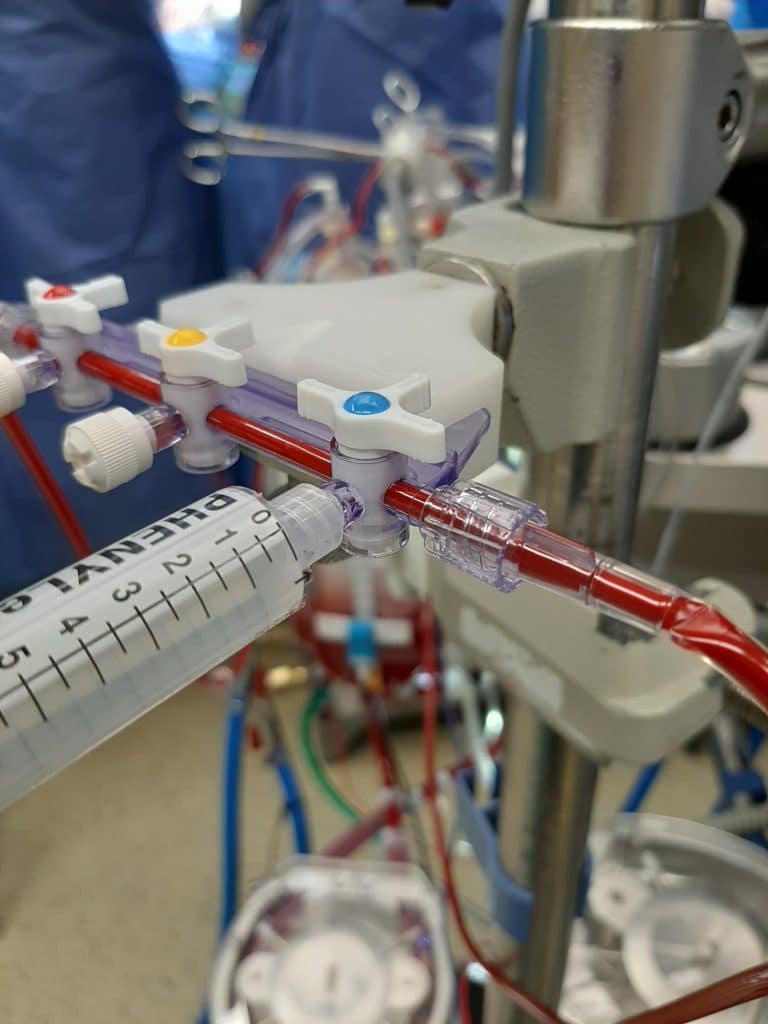Cardiovascular Professional Societies Fall Short in Providing Impartial, Clear and Evidence-Based Guidelines

Clinical guidelines play an increasingly important role in care of patients with cardiovascular disease. Approaches to guideline development reflect the need to integrate a complex and ever-expanding evidence base with new treatment options and clinical expertise to formulate recommendations that then can be implemented both by individual healthcare providers and across healthcare systems. All guidelines for a specific disease condition start with the same evidence base, yet guidelines are developed in many different ways, by many different organisations, often addressing the same or overlapping types of cardiovascular disease, typically leading to at least subtle (and sometimes major) divergences in the resultant recommendations.
Professional society recommendations, such as those generated by the European Society of Cardiology (ESC) and by the American Heart Association/American College of Cardiology (AHA/ACC), predominate, but many geographic regions have their own guidelines, tailoring recommendations to specific regional requirements.1 Government agencies and insurance providers also generate guidelines either directly in published documents or indirectly by restricting reimbursement. Online medical textbooks, such as Up-to-Date, attempt to integrate and reconcile recommendations from multiple guideline sources, filling any gaps in clinical management with recommendations based on clinical expertise alone. Another approach is to convene an independent group of experts to address new practice changing evidence rapidly, focusing on a specific question, such as the BMJ Rapid Recs or Magic Evidence Ecosystem Foundation.2 3
Why are there so many guidelines? What are the limitations of our current approach? How can we optimise guideline development to improve care of patients with cardiovascular disease?
